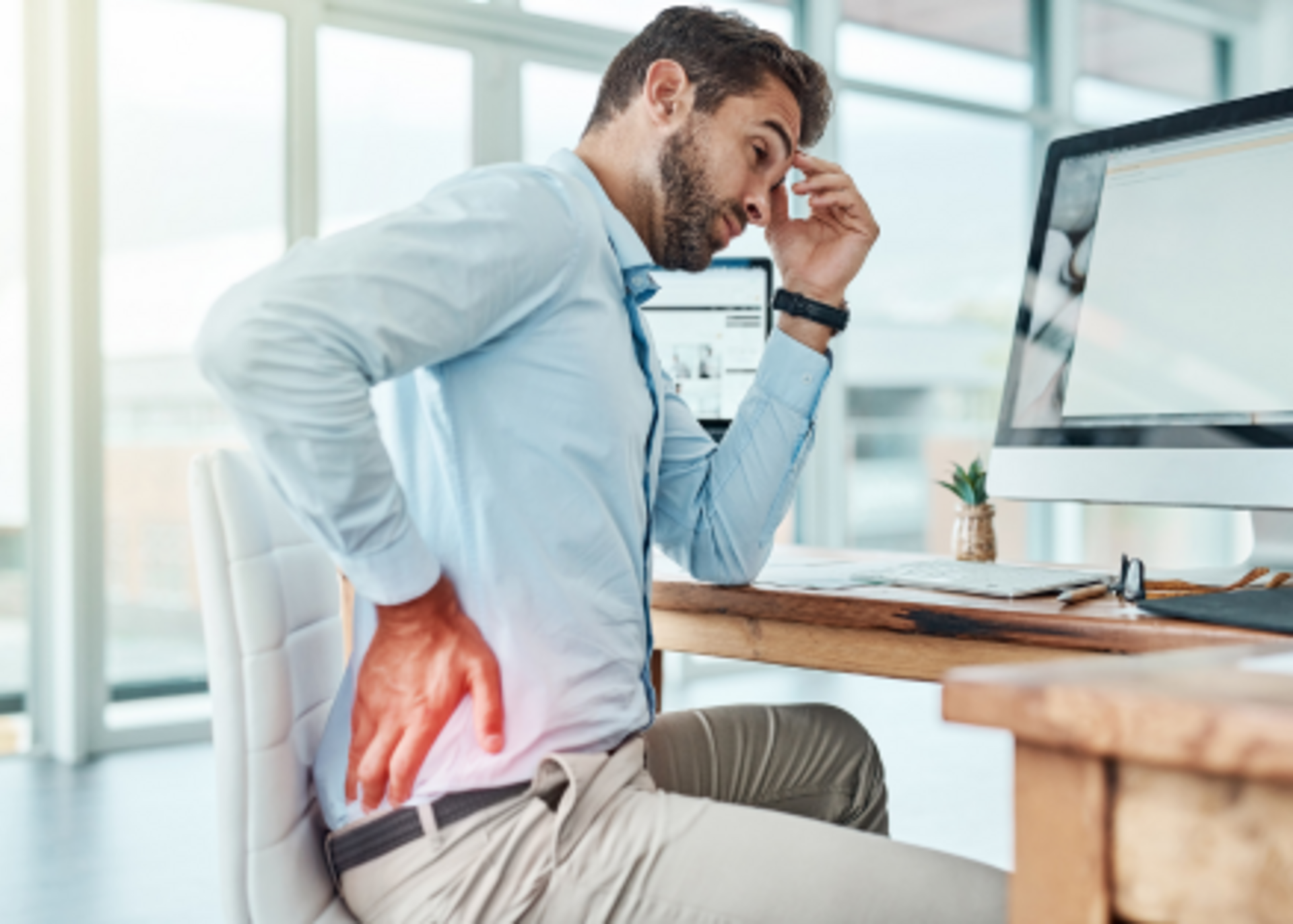In today’s digital age, smartphones and computers have become an inseparable part of our lives—be it work, communication, entertainment, or even shopping. While technology has made our lives easier, excessive use comes with its own set of health consequences, especially for our musculoskeletal system.
At Bangalore Orthopedic and Surgical Hospital (BOSH), we frequently see patients with posture-related issues, chronic pain, and early signs of joint degeneration — all linked to prolonged gadget use. Here’s a closer look at how excess screen time can harm your bone and joint health.
1. Tech Neck and Spine Strain
Looking down at your phone or slouching in front of a computer for long hours puts your neck and upper back under tremendous stress. This condition, popularly known as “tech neck,” can lead to:
- Chronic neck and shoulder pain
- Cervical disc degeneration
- Poor spinal alignment
Even children and teenagers are now reporting early signs of spine-related problems due to prolonged screen time.
2. Poor Posture and Muscular Imbalance
Most of us sit hunched forward while using digital devices. This poor posture can:
- Tighten the chest muscles
- Weaken the upper back and core muscles
- Shift the natural curve of the spine Over time, it affects your skeletal structure and alters normal biomechanics, leading to back pain and fatigue.
3. Repetitive Strain Injuries (RSI)
Typing, texting, or scrolling continuously can cause overuse of small muscles and tendons, leading to conditions like:
- Carpal Tunnel Syndrome
- Tendinitis in the wrist or elbow
- Trigger Finger
These repetitive movements can irritate the joints and cause persistent inflammation and discomfort.
4. Sedentary Lifestyle and Bone Weakness
Prolonged sitting with little physical activity slows down bone remodeling, the natural process where old bone is replaced with new bone. This can increase the risk of:
- Osteopenia and Osteoporosis
- Joint stiffness
- Reduced bone density, especially in older adults
Movement is essential to keep bones strong and healthy.
5. Impact on Growing Bones in Children
Children are spending more time on screens than ever before. This leads to:
- Delayed physical development
- Postural problems
- Improper bone growth due to lack of physical activity and Vitamin D
Early bone health issues in children can persist into adulthood if not addressed.
What You Can Do – Expert Advice from BOSH
At BOSH, our orthopedic experts recommend the following preventive measures:
- Maintain proper ergonomic posture while working or using devices
- Take short breaks every 30–45 minutes to stretch or walk
- Incorporate weight-bearing exercises like walking, yoga, or strength training
- Ensure adequate calcium and vitamin D intake
- Limit children’s screen time and encourage outdoor play
- Seek professional help early if you experience pain, stiffness, or weakness
When to See an Orthopedic Specialist?
If you’re experiencing:
- Persistent neck/back/wrist pain
- Numbness or tingling in fingers
- Difficulty in movement or joint stiffness
…it’s time to consult an orthopedic specialist. Early diagnosis can prevent long-term complications.
At BOSH, we are committed to providing specialized care for joint, bone, and musculoskeletal problems. Our team of orthopedic surgeons, physiotherapists, and rehabilitation experts offer holistic treatment plans customized to your lifestyle and needs.
Book an appointment today if you feel your screen time is taking a toll on your bone health.
